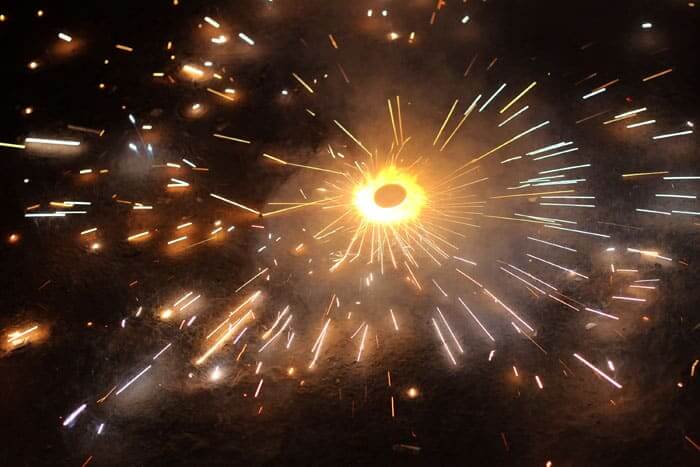In a strategic move that appears to curb economic ties with China, India implemented a ban on Chinese-made firecrackers this Diwali. The decision stems from concerns about funds flowing to the Chinese rival economy, contributing to its growth. The move follows a historical backdrop of safety issues linked to Chinese firecrackers, with many containing the unstable chemical potassium chlorate, leading to a ban in 2016.
This year’s ban, prompted by the Delhi government, reflects not only safety concerns but also a broader sentiment against Chinese products. The 2016 ban highlighted the dangers associated with potassium chlorate, known for its instability and potential to cause accidents. The Indian government, emphasizing safety, asserts that Chinese firecrackers can pose risks such as explosions, toxic chemical exposure, skin diseases, and allergies.
India Response to China Economic Advances
India recognizes the necessity to counterbalance China’s increasing influence in regional investment.
Proactive Stance on Regional Investment
Recent actions include the acceleration of regional infrastructure projects, signaling India’s commitment to staying competitive in the regional economic landscape.
Chinese Investment in Bollywood
China’s foray into the Indian media industry, with a focus on Bollywood, reveals strategic financial investments by companies like Xiaomi.
Digital Penetration of India’s Entertainment Economy
Some say the infusion of $25 million into Hungama Digital Media Entertainment, a major player in Bollywood film aggregation, development, distribution, and publishing, raises concerns about potential manipulation of pro-Indian cine production by Chinese intelligence.
The ownership of a movie-based app service by Xiaomi, used by millions, underscores a digital penetration of India’s entertainment economy. As India navigates the challenges of economic rivalry, the intersection of technology, cinema, and finance becomes a critical battleground in safeguarding national interests.





